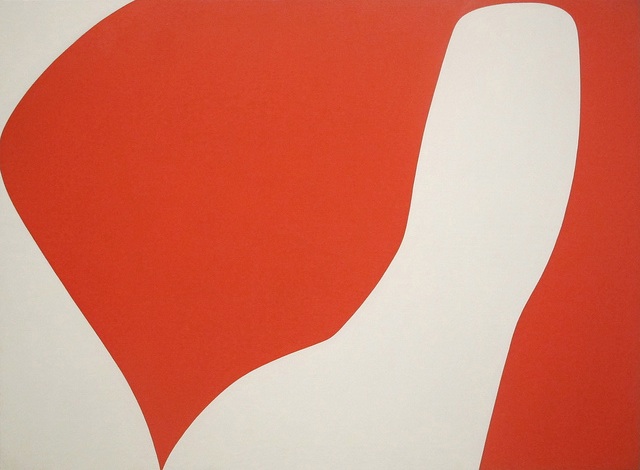
music news/events bio contact recordings
This That
1998
6 percussion
1: bass drum, 2 bongos, 3 cencerros, small splash cymbal, snare drum
2: cymbals, small suspended cymbal, tenor drum, 3 tom-toms, 3 woodblocks
3: glockenspiel, sizzle cymbal, tenor drum, 3 tom-toms, vibraphone
4: 3 korean blocks, military drum, 2 floor tom-toms, vibraphone
5: congas, glockenspiel, snare drum, 3 suspended cymbals, 3 temple blocks, vibraphone
6: 3 cencerros, snare drum, tam-tam, 3 timpani
duration 11'
commissioned by The New England Conservatory Percussion Ensemble
first performance:
The New England Conservatory Percussion Ensemble, cond. Frank Epstein
Jordan Hall, Boston / April 20, 1998
SCORE
RECORDING—performance by The Boston Conservatory Percussion Ensemble:
PROGRAM NOTE

Two works informed the writing of this piece: Ellsworth Kelly's 1961 painting Red White and Mike Post's opening credit music for NYPD Blue. In both I liked the sudden juxtaposition and layering of opposites. In NYPD Blue pounding drums meet melancholy, autumnal synthesized music, inRed White an unbroken line from the top left of the canvas curves down, up and down again splitting the painting into two sections—one solid red, one solid white—which, in their ambiguous but charged manner, suggest to the eye, among other things, thumb, heart, yoni and lingam. This That follows the contours of Red White, as much as something which exists in time can follow something which exists in space. Two types of music are heard–one is drum based, fast and loud; the other is for tuned percussion (vibraphones and glockenspiels) and is spiky and crunchy. Drums are not fixed at particular pitches in this work, but their distribution between high and low tuning is plotted so that patterns which rise and fall span the whole ensemble from left to right in a carefully controlled manner. A lot of This That works by setting up grids and gradually adding in notes (for example in the tuned sections in order to create breathless, swirling music) or gradually removing notes (for example in a section for snare drums to create sparse explosive bits of sound). However, the overriding impulse for writing was to hear lots of drums playing loudly together; one of the greatest joys of percussion music. The very opening of the work—gentle cymbal music—is a capsule example of exactly where this piece doesn't go.